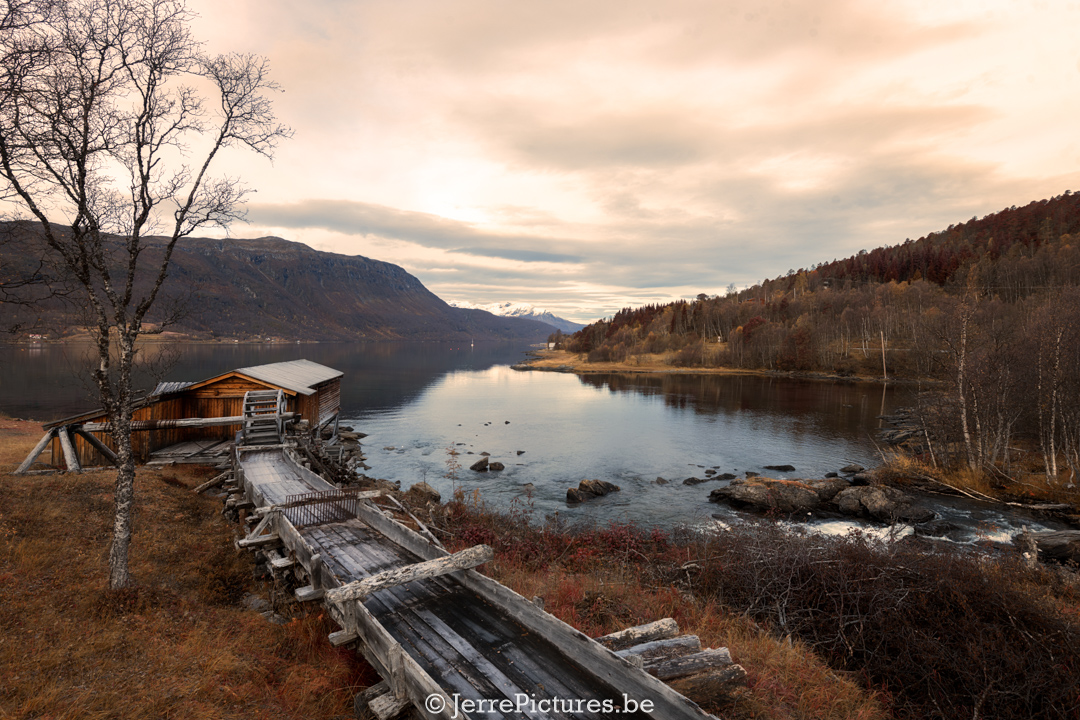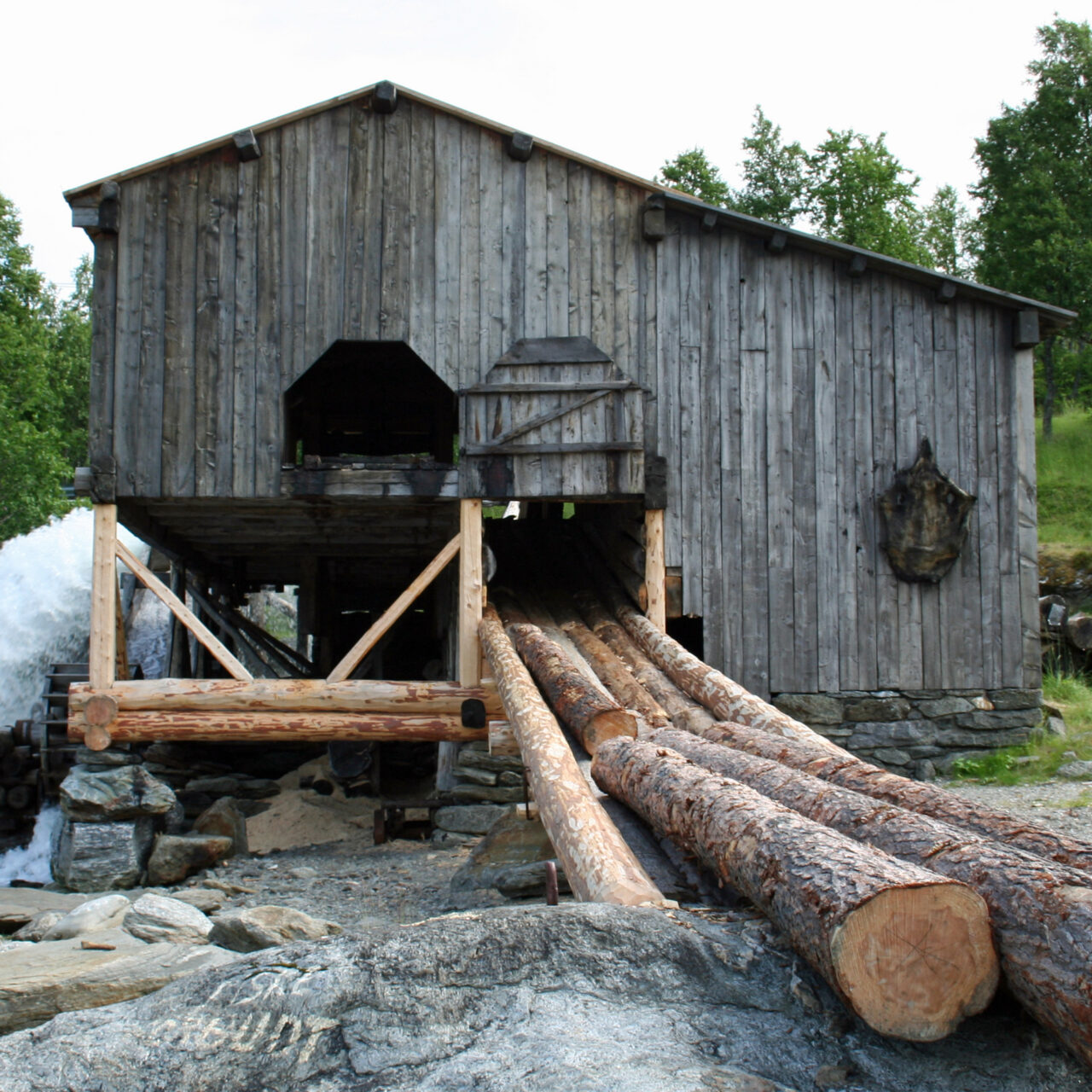 During my solo journey through Lapland, en route to Senja, Norway, I stumbled upon an unexpected discovery: Aursfjordsaga. It was a chilly day in October, and I was in search of a public restroom along my route. Thankfully, I had heard there was one nearby. However, upon arrival, I was overwhelmed by what I saw – an old watermill. Intrigued by this historic gem, I decided to learn more about the fascinating history of Aursfjordsaga. But first… I had to relieve myself from a pressing sensation.
During my solo journey through Lapland, en route to Senja, Norway, I stumbled upon an unexpected discovery: Aursfjordsaga. It was a chilly day in October, and I was in search of a public restroom along my route. Thankfully, I had heard there was one nearby. However, upon arrival, I was overwhelmed by what I saw – an old watermill. Intrigued by this historic gem, I decided to learn more about the fascinating history of Aursfjordsaga. But first… I had to relieve myself from a pressing sensation.
After my much-needed visit to the restroom (such relief), I began my quest for information about Aursfjordsaga. The brisk wind cut through my ears, but the breathtaking view made up for it. Woodworking played a significant role in the history of Aursfjord. The construction of Aursfjordsaga, a water-powered sawmill, in the late 18th century, had a substantial impact on the timber industry and the region’s development in the 19th century.
Is it suitable for Campers/Overlanders
There is plenty of space to park your overlander or camper. I don’t expect it to be very crowded, and having a toilet nearby adds to the comfort. (Please note that these facilities are partially closed from mid-September.) Keep the area clean by taking your trash with you, ensuring it remains pleasant for future visitors! (I’m not sure about the peak season crowds; when I visited, it was completely deserted.)
A nerdy Deep Dive into the History of Aursfjordsaga
The sawmill enabled the production of wooden planks in a highly efficient manner, this stimulated wood processing and shipbuilding.
Aursfjordsaga happens to be the only surviving water-powered sawmill in northern Norway, driven by the Lakselva River. In 1958, the mill was demolished due to the construction of a new road just beyond the sawmill. Fortunately, history enthusiasts preserved saw frames and other tools. Between 1977 and 1982, the saw was restored by Arne Pedersen, a direct descendant of Ingebregt Eliassen. (More on that later)
The reciprocating sawmill played a vital role in 19th-century development. Planks and wooden boards could be mechanically produced. Up to nine-meter-long logs were cut and secured at both ends before water was released onto the waterwheel with the stem beam. The sawmill could process at a rate of approximately one meter per minute, utilizing wood more efficiently. What used to be enough for one boat could now be used for the construction of three boats.
Interestingly, the owner, Eliassen, had to find creative ways to obtain the necessary tools. Local blacksmiths couldn’t forge parts of the required size, so Eliassen relied on traveling Sami people from Jukkasjärvi, near Kiruna. He would send them the required measurements, and the following year, he would collect the forged tools in Målselv.
Malangen, where Aursfjordsaga is located, has long been considered the boundary between Norway and the Sami people in the north. It also served as the border between the Troms and Finnmark counties. Additionally, Malangen was known as the northern limit where it was possible to grow grain.
Practical Information: For practical details, readers can refer to the Aursfjordsaga website for more information on opening hours and contact details.
Aursfjord is a place where visitors can enjoy stunning nature, tranquility, and serenity. The area offers opportunities for hiking, fishing, kayaking, and observing the local flora and fauna.
